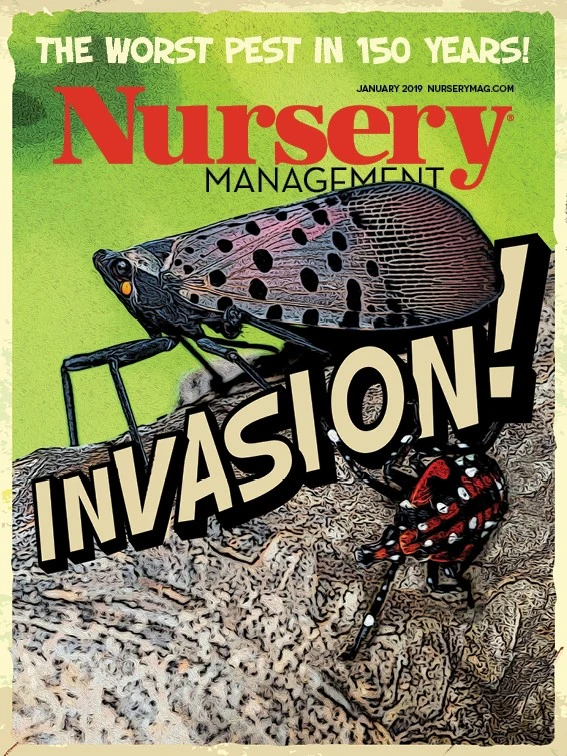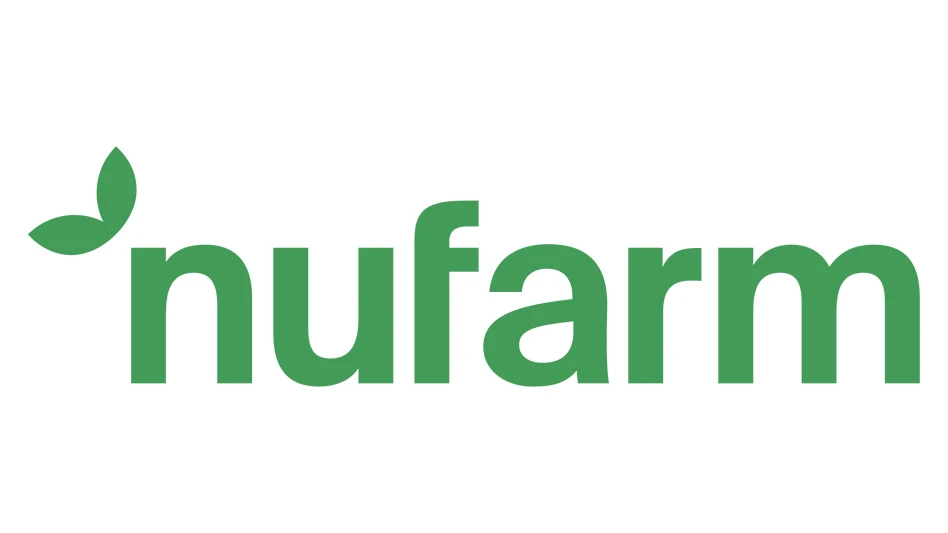
WEED
The Weed Science Society of America defines a weed as a plant that causes economic losses or ecological damage, creates health problems for humans or animals, or is undesirable where it is growing.

NOXIOUS WEED
A noxious weed is any plant designated by federal, state or local government officials as injurious to public health, agriculture, recreation, wildlife or property. Once a weed is classified as noxious, authorities can implement quarantines and take other actions to contain or destroy the weed and limit its spread.
Of all the classifications of weeds, “noxious” weed is the most straightforward. It is a legal term defined in the Plant Protection Act. The law says that a noxious weed is any plant or plant product that can directly or indirectly injure or cause damage to crops, nursery stock, other plant products, livestock or poultry, or to other interests of agriculture, irrigation, navigation, natural resources, public health or the environment. There is a well-defined federal process for listing and delisting plants as federal noxious weeds through the USDA’s Animal and Plant Health Inspection Service. The Secretary of Agriculture is authorized to prohibit or restrict import, entry, export or movement in interstate commerce of any noxious weed in order to prevent its introduction or dissemination within the U.S. There are more than 110 weeds on the Federal Noxious Weed List. Most states also maintain their own state-level lists of noxious weeds.

INVASIVE WEED
Invasive weeds are weeds that establish, persist and spread widely in natural ecosystems outside the plant’s native range. When in a foreign locale, these invaders often lack natural enemies to curtail their growth – enabling them to overrun native plants and ecosystems. It should be no surprise that many invasive weeds are also classified as noxious weeds by government authorities.
Presidential Executive Order 13112 prohibits federal agencies from authorizing, funding or carrying out actions likely to promote the introduction or spread of invasive weeds – unless the benefits clearly outweigh the potential harm. The order also mandates that all feasible and prudent measures be taken to minimize risk of harm. The Invasive Species Advisory Committee of the National Invasive Species Council has issued a nonregulatory policy interpretation of the term invasive species. Some of the key conclusions:
- Invasive weeds are not native to the ecosystem under consideration and cause or are likely to cause harm to human, animal or plant health, the economy or the environment.
- Plant and animal species under domestication or cultivation and under human control are not invasive species.
- For policy purposes, to be considered invasive, the negative impacts caused by a non-native species will be deemed to outweigh the beneficial effects it provides.

SUPERWEED
In addition to the science-based definitions above, many people use the slang term “superweed” to describe weeds that have evolved characteristics that make them more difficult to manage as a result of repeated use of the same weed management tactic. The most common use of the slang refers to a weed that has become resistant to one or more herbicide mechanisms of action after their repeated use in the absence of more diverse weed control measures.

Explore the January 2019 Issue
Check out more from this issue and find your next story to read.
Latest from Nursery Management
- The HC Companies, Classic Home & Garden merge as Growscape
- Eason Horticultural Resources will now officially be known as EHR
- BioWorks receives EPA approval for new biological insecticide for thrips, aphids, whiteflies
- Ellen Mackenbach-Lakeman appointed new CEO of Dümmen Orange
- Southern Garden Tour sets 2025 dates for trial garden open houses
- New book explores plants that thrive in Rocky Mountains
- American Floral Endowment establishes Herman Meinders Memorial Tribute
- These companies are utilizing plastic alternatives to reduce horticultural waste




